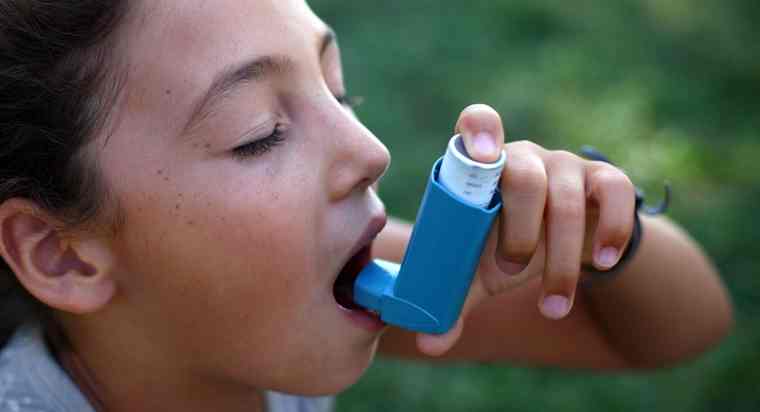Ever wondered why an operational manual comes with every new gadget or device? Most manufacturers know how unpredictable the experience is when a person begins to use a piece of new equipment for the first time. Hence, to prevent confusion, a manual is provided.
The same applies to using your inhaler correctly. An accurate inhaler technique will assist you in breathing the medicine right into your lungs. Apart from the fact that it lessens the probability of experiencing side effects of the medication absorbed, it also provides better chances and opportunities to manage your symptoms effectively.
Using your inhaler as prescribed by a lung doctor can help you achieve the following:
- Cope against asthma triggers
- Reduce risks of an asthma attack
- Reduce shortness of breath and easier breathing
- Get more restful sleep
However, like every other procedure, it is common for people to make mistakes while using their inhalers. To prevent yourself from making these mistakes, Please read on.
- Slouching
Slouching discomforts the chest cavity and makes it difficult for exhalation to take place.
Ensure that you sit up straight or stand to properly inhale and provide more capacity for exhalation.
- Not priming or shaking the inhaler
Priming is done to ensure that the medicine is mixed with the propellant. The propellant helps to move medicine out of the inhaler and into the lungs of a patient. Failing to prime or shake an inhaler that has not been used for a week or more might prevent the user from receiving the total dose of the medication.
- Using an empty inhaler
An empty inhaler leaves you defenseless against asthma attacks. So once you notice a decline in your inhaler doses, be quick to request a refill.
- Using an inhaler without a spacer
The function of a spacer is to ensure that more of the medicine gets into the airways. While using your inhaler, especially an MDI inhaler, insert the inhaler into the spacer. Spray a puff of the medication and inhale gradually. Then, for a count of 10, cease breathing and exhale slowly.
- Spraying numerous puffs of the inhaler into the spacer
Since the puffs in an inhaler are limited in quantity, it would be best to learn to use it sparingly and optimize every breath.
Learn to spray a puff into the spacer for each breath. Before inhaling, breathe out. Next, inhale and cease breathing for a count of 10, then exhale. Repeat as prescribed by the lung doctor.
- Holding the head in the wrong position
Most folks either make the mistake of holding their head in a position that is too backward or forward. Therefore, while using the inhaler, you must ensure that your head position is as straightforward as possible. Doing the above will help create a direct path for the medication to enter the airways.
- Inhaling the medication too fast
Especially in emergencies like an attack, it is common for most people to attempt to inhale as fast as possible. However, while using the inhaler, learn to inhale slowly to spread the medication through the lungs and airways.
The primary reason why most folks make these common mistakes is due to ignorance. Hence, here’s a short crash course on using your inhaler properly.
- Sit down in an upright position, this will enable the medication to gain access to your airways.
- With the mouthpiece down, hold the inhaler and place your lips around the mouthpiece to form a tight seal. Then slowly begin to breathe through your mouth and press down on the inhaler one time.
- Continue taking slow deep breaths.
- Remove the inhaler from your mouth and hold your breath while you slowly count to ten.
- Pucker your lips while slowly breathing out through your mouth.
- Return the cap on the mouthpiece. Ensure that it is closed firmly.
- Rinse your mouth, gargle, and spit after using the inhaler.
Using your inhaler this way will reduce the side effects of the medicine and help the medication reach your lungs and airways.
If you require more information about lungs and respiratory health issues, feel free to reach out to us. At PCC, we are passionate about delivering quality health care services and helping you access information about lungs, sleep, and respiratory-related health issues.
Call (704) 756-9959 or visit our facilities for inquiries or treatment.



 Translate
Translate

